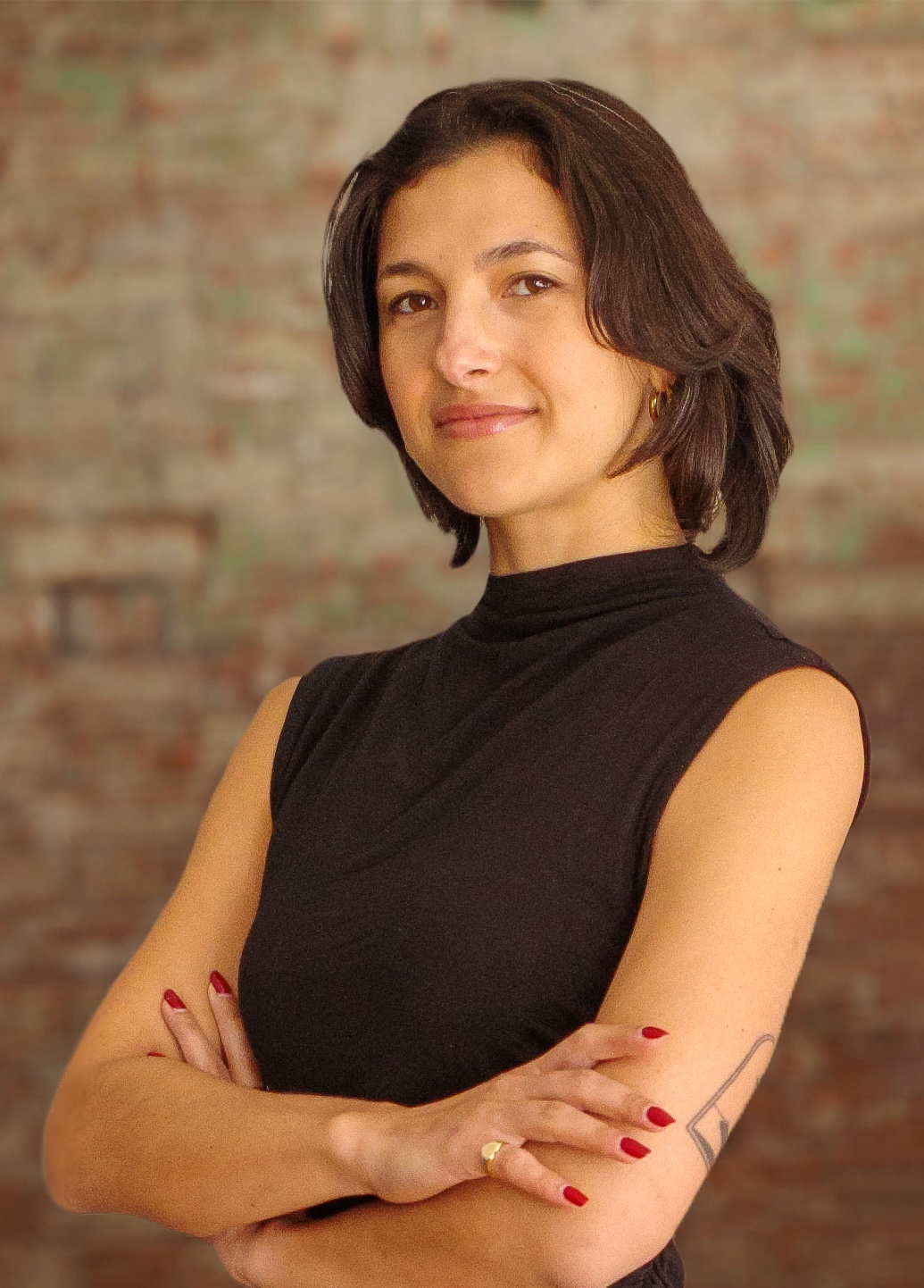When will we reach peak subscription?


Earlier this month, Instagram and TikTok both began testing subscription models where users offer their followers paid access to exclusive content, following in the footsteps of platforms like Twitch, Patreon, Twitter and Facebook. The subscription model has emerged as the linchpin of the creator economy: by charging a small recurring fee, creators can earn a steady stream of income from their biggest supporters, who get top-tier access in exchange. The subscriptions trend also reflects how social media platforms are – partly due to pressure from creators themselves – beginning to recognise that creators bring crucial value to the platform, value which they should be able to monetise.
However, as more and more platforms offer creator subscriptions, alongside music and video streaming, we are heading towards a future where consumers are expected to tack on a subscription for everything they enjoy. While the subscription model has clear merit, it is worth considering its limits. Will consumers be receptive to the idea of having multiple subscriptions across separate platforms? Will creators be able to retain subscribers?
Challenges for consumers and creators
There is a risk of subscription fatigue among consumers, many of whom are already paying for monthly access to (multiple) video and music streaming services. Many creator subscriptions cost just a few dollars per month, but the cost of multiple subscriptions adds up, not to mention the mental headache of navigating across multiple platforms for those subscriptions. When a consumer looks to cut costs, subscriptions will likely be the first thing to go. In fact, keeping track of subscriptions is already such a universal issue that there is a now whole category of apps which help consumers manage and cut down on recurring subscriptions.
There are also challenges on the creator side. Not only do creators need to produce enough content worth subscribing to, but they must balance holding their best content for subscribers while still having enough quality content in front of the paywall to satisfy followers (and convert a good number of them into subscribers). If every creator offers a subscription in the near future, the competition for consumers’ wallets will be stiff. All this also means more, higher-quality content for the creator to produce, further amplifying the risk of content fatigue and burnout. Finally, so far there is little to guard against users simply screenshotting (or screen-recording) and sharing “exclusive” content elsewhere.
Featured Report
MIDiA Research 2026 predictions Change is the constant
Welcome to the 11th edition of MIDiA’s annual predictions report. The world has changed a lot since our inaugural 2016 edition. The core predictions in that report (video will eat the world, messaging apps will accelerate) are now foundational layers of today’s digital economy.
Find out more…Concepts to explore: Fandom expression tools and bundled subs
One key area where subscriptions can evolve is offering subscribers a new way to express their fandom, on top of the benefit of exclusive access. For example, on Twitch, subscribers are rewarded with badges on their profiles and custom emotes to use in the chat box. Under Instagram’s new subscription model, subscribers get a badge next to their comments and messages as well. Going further, creators may also consider giving subscribers their own space to connect with one another, either on-platform or off-platform. By doing so, creators who offer subscriptions tap into all four of MIDiA’s key characteristics of fandom: expression and identity, a communal experience, emotional resonance, and personal bond.
However, this will not alone ameliorate subscription fatigue. Whereas video and mobile games can fall back on an ad-supported, free tier, this model does not work as well on an independent creator level – outside of sponsorships and influencer marketing campaigns, which are sometimes met with backlash from social media audiences who increasingly value authenticity (as a long-form video platform, YouTube is an exception). Without the ad-supported backup option, it is all the more important for creator platforms to rethink monetisation.
In the future, platforms like TikTok and Instagram might consider functioning more like a version of Netflix. Perhaps you pay one manageable fee to subscribe to a bundle of up to five accounts of your choice, and your subscription fee is split evenly between the accounts you choose, with a small percentage going back to the platform (somewhat echoing the Creator Support model MIDiA proposed back in 2019). The money spent will remain largely the same, but rather than having to subscribe to each creator piecemeal, consumers have the ease of managing all their subscription fees to one platform at once. In general, bundling is an obvious potential solution for the admin struggle of having multiple subscriptions. A third party could offer subscription management across platforms – similar to the subscription management services out there, but minus their usual emphasis on helping consumers down on their subscriptions.
Today’s subscription-everything mindset is just one part of an entertainment industry where it increasingly feels like our every move is monetised. As attention saturation meets subscription saturation, the cost of digital living continues to rise. To be clear, the subscription model has many benefits. But it is useful to take a step back and consider what a subscription-focused future really looks like, and how much we can expect from consumers and creators.

The discussion around this post has not yet got started, be the first to add an opinion.